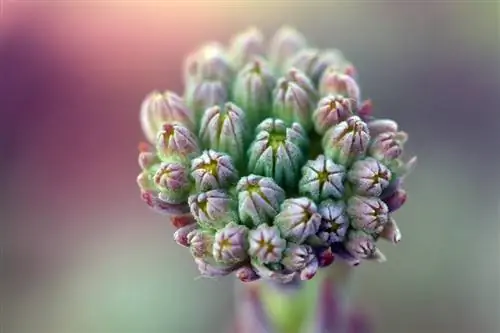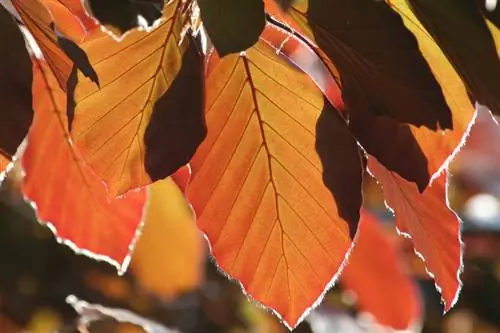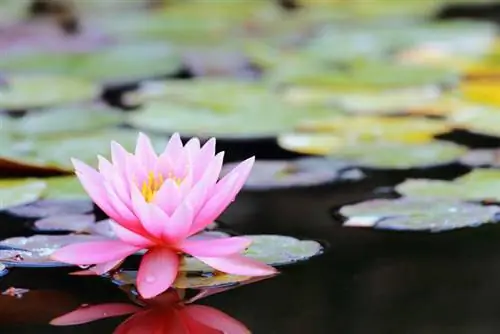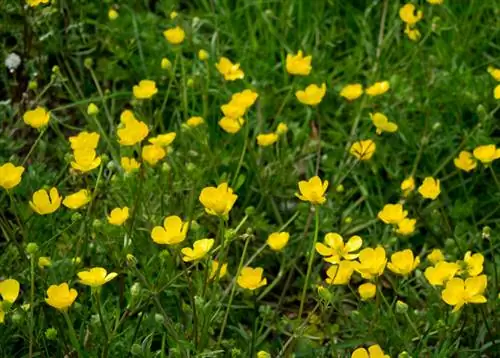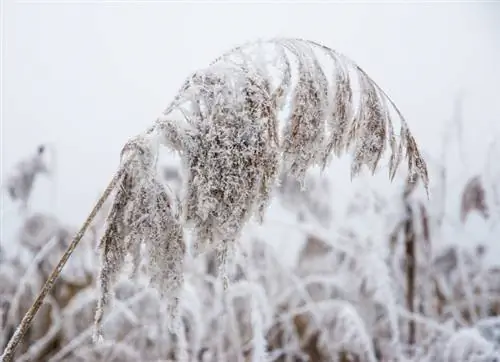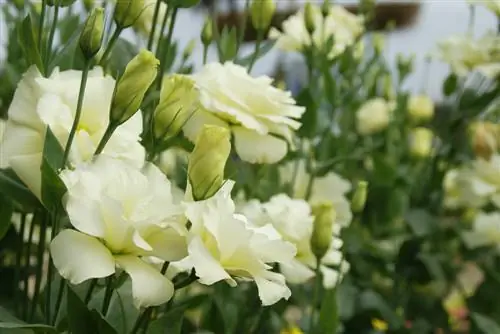- Author admin [email protected].
- Public 2023-12-16 16:46.
- Last modified 2025-06-01 06:02.
The houseleek is a very popular outdoor succulent that impresses with its sometimes bizarre leaf shapes, wonderful colors and adorable flowers. In addition, the thick-leaf plant does not have its Latin name “Sempervivum” for nothing - after all, “ever-living” applies perfectly to a plant that can survive for a long time even in the driest of conditions. Since houseleek is native to Europe, it is considered to be adapted to local temperatures and is absolutely winter hardy. Although frosty temperatures don't bother her, a winter that's too wet can still cause her problems.
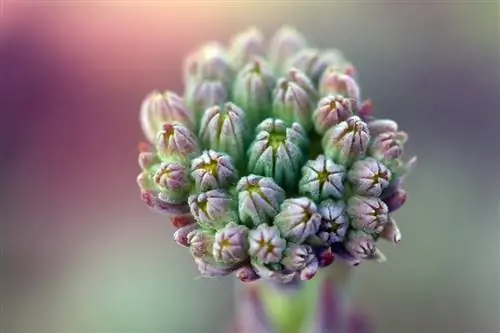
Is houseleek hardy?
The houseleek (Sempervivum) is a hardy outdoor succulent that is native to Europe and can survive extreme temperatures. It is important to have a sunny, protected location and protection from moisture to avoid rot. Winter protection for the roots in planters is recommended.
Consider the location when planting
So that Sempervivum survives the winter without injuries, you should pay attention to an optimal location when planting. Houseleeks cope very well with extremely little water, but not with moisture or moisture. In addition, the succulents feel most comfortable in a full sun and protected location - i.e. where they are not constantly rained on and / or exposed to a constant draft. Sempervivum in planters can be quickly cleared away if necessary and moved to more suitable locations; moving planted specimens is not so easy.
Overwintering houseleeks
Basically, nothing needs to be taken into account when overwintering the houseleek, after all it is a hardy plant and very insensitive to extremely low temperatures. It actually only becomes a problem when the winter is not really cold, but is much more humid - in such a case, the only thing that helps is to protect the housewives from the moisture. Otherwise, the moisture-sensitive succulents could rot.
Houseleek in planters - what to watch out for?
The case is different with houseleeks planted in planters, because they should be protected from frost - the smaller and narrower the planter, the more important winter protection is. In contrast to planted specimens, the roots in the containers are at risk of freezing, which is why you should place the containers on a Styrofoam or wooden base (€8.00 on Amazon) and cover them with a fleece or similar.etc. should be wrapped around. It's better not to put the succulents indoors, because they still need the frost.
Tip
If you want to propagate houseleeks by sowing, you should sow the seeds in small planters from January / February and place them outdoors. The plants are cold germinators, which is why the germination inhibition must be broken by a period of frost. However, you can also achieve the same effect by placing the seeds, packed in a bag of moist sand, in the vegetable drawer of the refrigerator for a few weeks.

